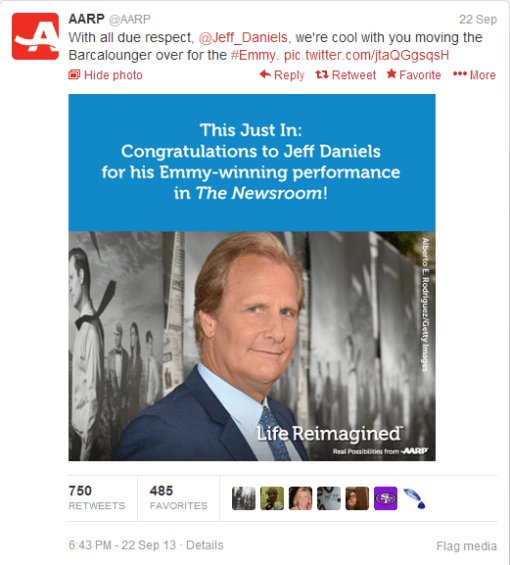Let’s face it. With millions of eyes glued to phones and tablets 24 hours a day and 7 days a week, very rarely do mistakes and blunders not get caught in the sift. This holds […]
Tag: Twitter
The Importance of Customer Service in Marketing
Providing excellent customer service is imperative for companies. For companies and brands to create a more positive customer experience a high-level of personalized interaction between a company and consumer is necessary.
A Series of Lawsuits Prompts SeaWorld to Launch Marketing Campaign Emphasizing Killer Whale Care
SeaWorld has faced intense criticism following the 2013 release of Blackfish, a documentary on the controversial captivity on killer whales. More recently, the company is faced with three class action lawsuits in as many weeks, causing SeaWorld to launch a marketing campaign focusing on the care of its killer whales.

Starbucks’ “Race Together” Campaign is Pulled Following Harsh Criticism
Starbucks is launching a new campaign that has generated much controversy. “Race Together” is meant to spur conversation about race relations in the US between baristas and consumers. Many worry that racial relations in the U.S. is too big of a topic for the company to embrace, yet CEO Howard Schultz stands firm behind his decision.
AMC’s The Walking Dead Shows how the Network’s Choice to Embrace Online Viewing has led to Better Ratings for its Live Broadcasts
An interesting article in Bloomberg Businessweek calls attention to the kind of synergy that a story driven show can receive when a thoughtful strategy is developed for its delivery both online and on broadcast television. […]
Marketing in Real-Time: Evian Combines Social Media Efforts with Product Sample Delivery for Strong Results
An interesting article in Adweek discusses a marketing campaign developed by Evian that enabled the brand to promote its product through a real-time service supported by social media as its communication vehicle. The real-time service […]
Boosting Your Brand by Acknowledging its Limitations
(geekyrant.com, 2013) Let us explain. Or rather, let us share our thoughts on an idea floated in a really interesting piece from this past Sunday’s New York Times Magazine. What Ms. Havrilesky is referring to […]
Everyone is buzzing about the upcoming Twitter IPO. When the company begins trading on the public exchange later this month, what will happen? Will it stumble out of the gate, echoing the challenges other social media platforms have faced? Or will it soar? Will it fail to meet, match, or exceed investor expectations?
All of this is great chatter for the talking heads on cable news. Even the casual consumer will be drawn in by the rapturous tale these pundits will weave, regardless of the outcome.
But beyond the headlines, beyond the “big numbers,” there is a real debate going on – one that has serious consequences for marketing managers at every major company. Does real, sustainable potential in this new wave of social media marketing exist?
More specifically – what does real-time marketing do for a company’s bottom line?
Noted author and marketing strategist David Meerman Scott, in his book, “Real-Time Marketing and PR” defines this concept in this way:
“… products or services instantly, based on feedback from customers or events in the marketplace. And it’s when businesses see an opportunity and are the first to act on it.”
Many of us remember the now infamous and timely Twitter post from Oreo that capitalized on this past February’s Super Bowl during the unexpected blackout.
It was a watershed moment for the company and for proponents of real-time marketing – the sheer interactions and touch points generated brought Oreo unparalleled exposure and viral connectivity.
And let’s face it – it was cool.
During the Emmys this year, AARP of all companies capitalized on a mention by winner Jeff Daniels during his acceptance speech:
Daniels: “”The last thing I won was a few years ago for ‘The Squid and the Whale.’ I won best actor over 50 from the AARP. With all due respect to the AARP, this is better.”
AARP’s response?
But again – does this exposure translate to the bottom line? Does this type of social marketing reach new customers or simply get batted around by current ones?
While marketing managers may be able to save money by capitalizing on these viral memes and hot buttons, the investment of time and energy to consistently stay abreast of the ever-changing social media landscape presents a whole bevy of new challenges.
This article from “AdWeek” crunches some more real-time marketing numbers. What do you think? Is the investment paying off? What would you do as the CMO of your company?


